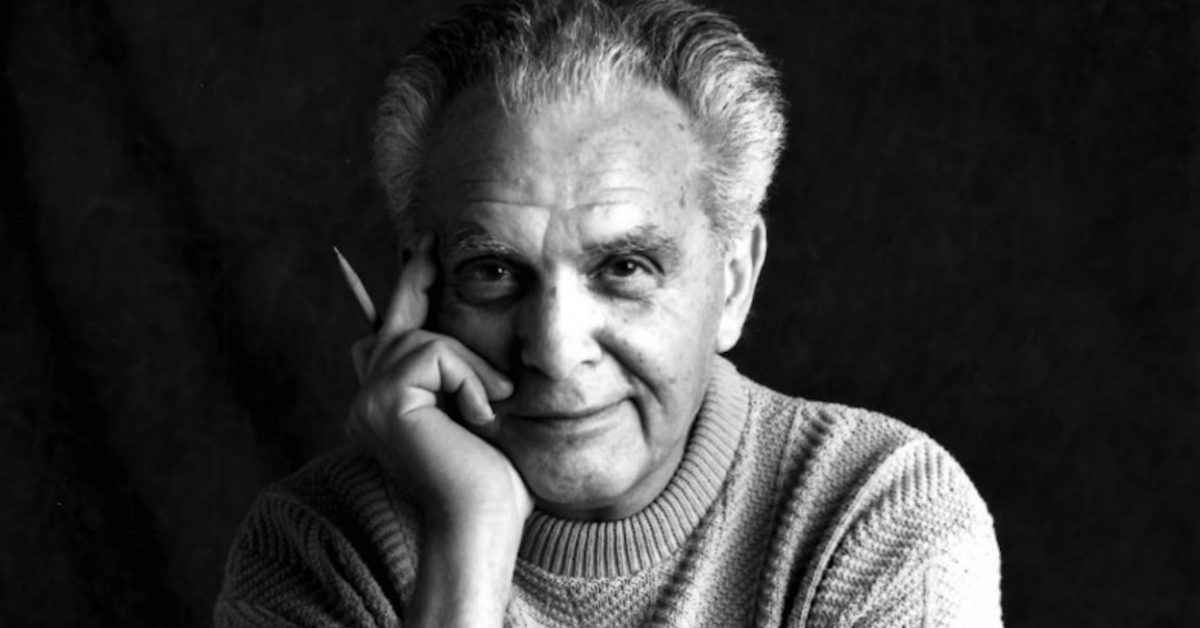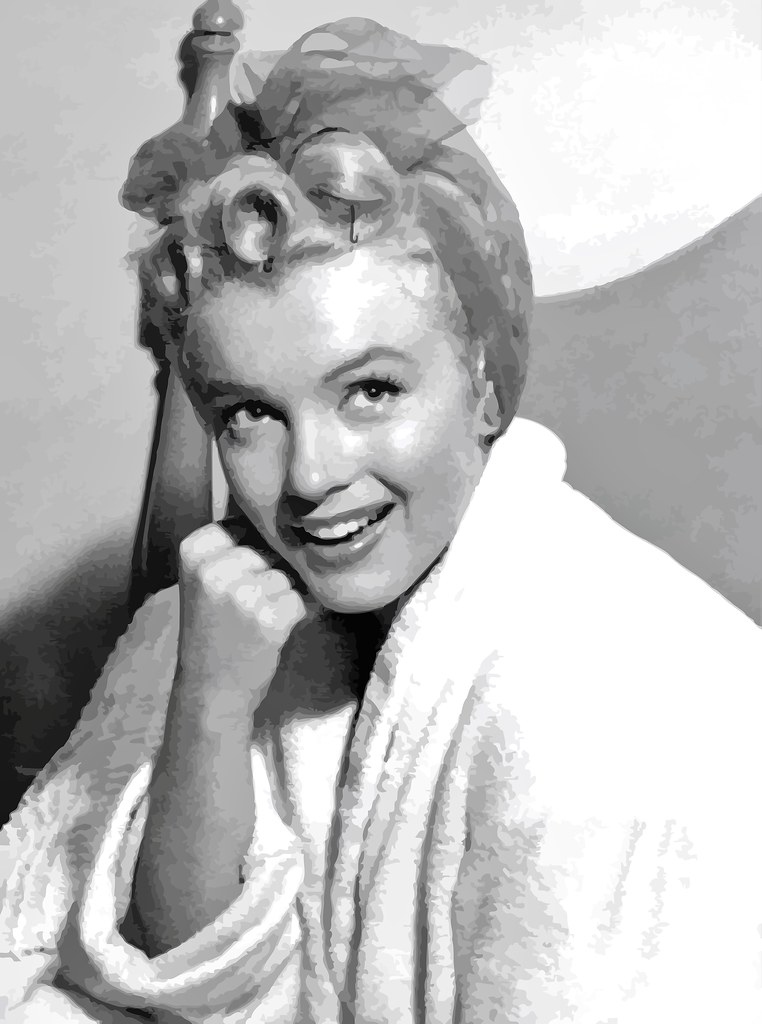
Ever stepped onto a film set, even just through the magic of a movie screen, and felt like everyone was speaking a foreign language? Well, you’re not wrong! Hollywood, in all its glittering glory, is absolutely notorious for its deep dive into insider lingo. It’s like a secret club where the membership fee isn’t just talent, but also a mastery of the cryptic production terms and quirky code words that fly around faster than a freshly-shot scene.
If you’ve ever fantasized about navigating the backlot like a seasoned pro, or simply wondered what the heck those powerful executives are whispering when they talk about the talent, then you’ve stumbled upon the ultimate guide. We’re about to crack the code of Hollywood-speak, pulling back the curtain on the hidden vocabulary that shapes careers, defines roles, and gets films made. From the subtle nuances of performance to the big-picture budgeting, these are the secret code words that executives, directors, and even fellow crew members use every single day.
It’s not just about what’s said, but *how* it’s said. Just think about how reality TV shows like “I’m A Celebrity” use codenames – Ship, Holiday, Coffee, Mic – to keep their celebrity contestants under wraps. It proves that a secret language isn’t just for spies; it’s a powerful tool in entertainment, whether it’s protecting a star’s identity or streamlining complex production decisions. Now, let’s get down to the brass tacks and explore the first batch of essential terms that define an actor’s life in Tinseltown.
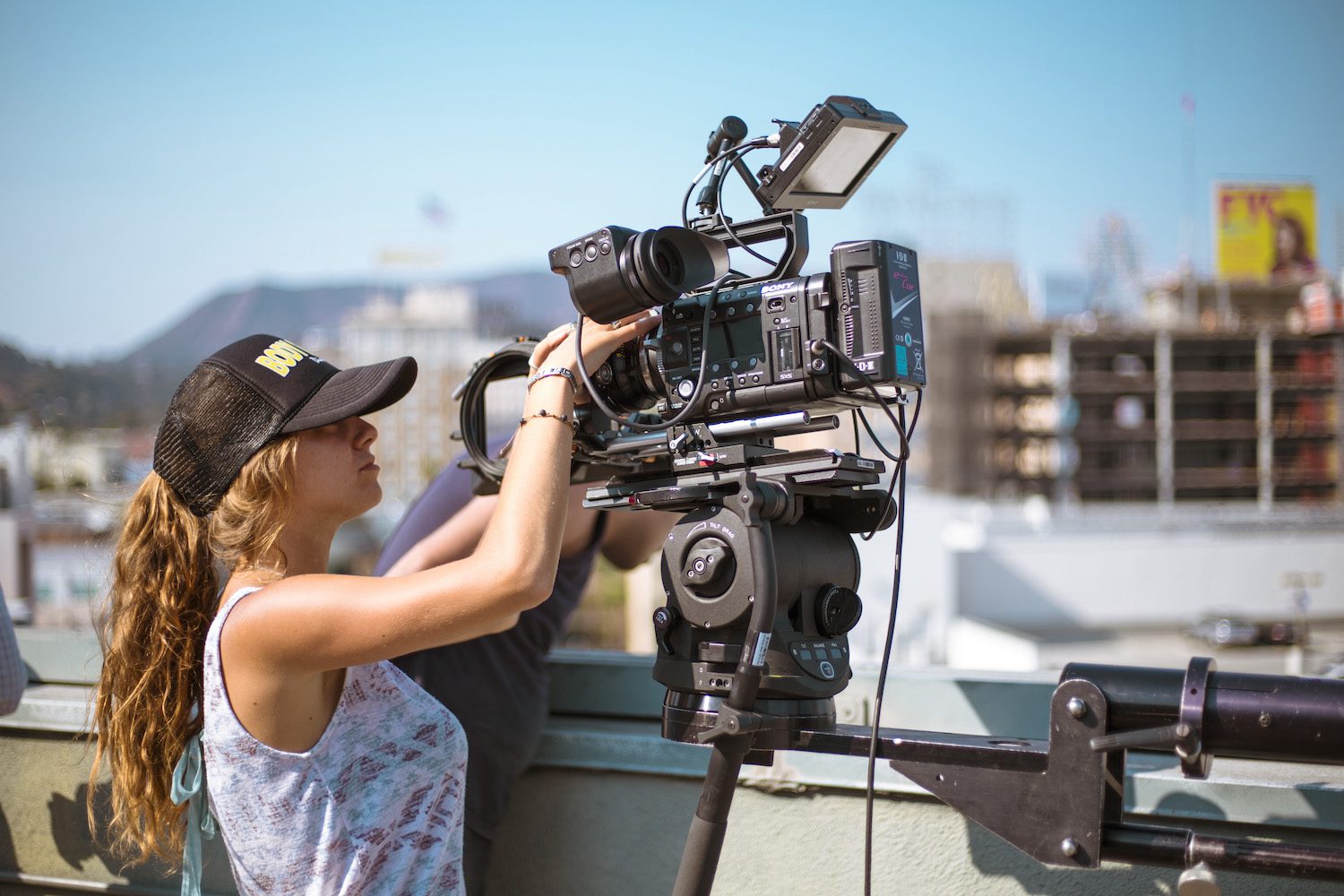
1. **Abby Singer: The Unofficial Countdown to Freedom**Heard someone on set excitedly announce, “That’s an Abby Singer!” and wondered if they were just summoning a pop star? While the name might sound like a VIP guest, “Abby Singer” is actually a cherished code word that means “the second-to-last shot of a filming day.” Yes, you read that right – it’s a specific, insider term for that moment when you know the finish line is *just* around the corner.
For actors, hearing “Abby Singer” is more than just a heads-up; it’s a psychological marker. It signals that the intense focus and long hours of the day are finally winding down. This can be a huge boost to morale, offering that final burst of energy needed to nail the very last shot, often affectionately known as the “Martini Shot.” It’s a moment of collective anticipation, where everyone on set, from the gaffer to the lead, feels that shared sense of almost-accomplishment.
Executives, too, keep a keen eye on the “Abby Singer.” For them, it’s a critical point in planning, ensuring that all necessary footage for the day is captured efficiently before the final wrap. It allows them to anticipate when an actor will be done for the day, impacting scheduling for subsequent scenes, next-day call times, or even travel arrangements. This seemingly simple code word is a tiny cog in the massive machinery of production management, optimizing every precious minute.
Understanding the “Abby Singer” helps shed light on the relentless pace of film production and the need for clear, concise communication. It’s a testament to the fact that even seemingly small, colloquial terms play a vital role in keeping a massive, multi-million dollar operation running smoothly. So, the next time you’re on a fictional set, keep your ears peeled for this little nugget of Hollywood gold – it means you’re almost there!

2. **ADR (Automated Dialogue Replacement): When Silence Isn’t Golden**Think an actor’s job ends the moment the director yells “Cut!” for the last time on set? Think again! Enter “ADR,” short for “Automated Dialogue Replacement,” a crucial post-production process where actors re-record dialogue. This isn’t just for fun; it’s a precise art form, often referred to as “looping,” where actors watch themselves on screen to perfectly sync their new dialogue with their on-camera performance.
Why is ADR even necessary? Well, a film set is a chaotic symphony of sounds – rustling costumes, camera clicks, distant traffic, or even an unexpected plane flying overhead. Sometimes, the original dialogue simply isn’t clean enough. Other times, script changes happen after filming wraps, requiring new lines to be inserted. Or perhaps a subtle performance tweak in a line reading is desired to enhance a specific emotional beat. ADR is the industry’s solution to all these challenges.
For actors, ADR demands a unique set of skills. They have to recreate the emotion and intensity of their original performance, sometimes months after principal photography, all while precisely matching their lip movements. It’s a testament to their dedication to perfection, ensuring that every word delivered resonates with the audience, regardless of the initial on-set conditions.
From an executive standpoint, managing ADR is about quality control and logistical prowess. They need to schedule actors for these sessions, often flying them back to studios, to ensure that the film’s soundscape is impeccable and that any narrative changes are seamlessly integrated. It’s a significant budget line item and a crucial step that ensures the final product sounds as polished and professional as it looks, impacting how the audience perceives an actor’s performance and the overall film.

3. **Above the Line: The Headliners and the Heavy Hitters**Ever wondered where the biggest chunks of a Hollywood budget go, especially when you see those astronomical figures attached to a major blockbuster? Look no further than “Above the Line.” This isn’t just an accounting term; it’s a declaration of status, referring to the budget allocated for key creative personnel. We’re talking about the big guns here: the director, the producer, and, of course, the major stars.
For actors, being “Above the Line” is the ultimate dream. It means you’ve reached the pinnacle of your profession, commanding not just high salaries, but also significant creative influence and a share in a project’s potential profits. This is where the industry’s most recognizable faces reside, their names emblazoned across posters and opening credits, drawing audiences into theaters and onto streaming platforms worldwide. It’s a tangible measure of an actor’s market value and star power.
From the executive suite, “Above the Line” decisions are monumental. Securing the right director, the visionary producer, and especially the bankable “major stars” is paramount for attracting financing, greenlighting a project, and ensuring its commercial success. These are the individuals whose involvement can make or break a film, shaping its artistic direction and financial prospects. When executives talk about an actor being “Above the Line,” they’re talking about their undeniable impact on a project’s viability.
The “Above the Line” budget reflects the immense investment in talent and leadership that Hollywood believes is crucial for crafting compelling stories and generating box office appeal. It sets the hierarchy and defines who holds the most sway in creative and financial discussions. It’s a clear indicator that while many hands build a film, certain hands are deemed more essential to its very foundation and potential for glory.
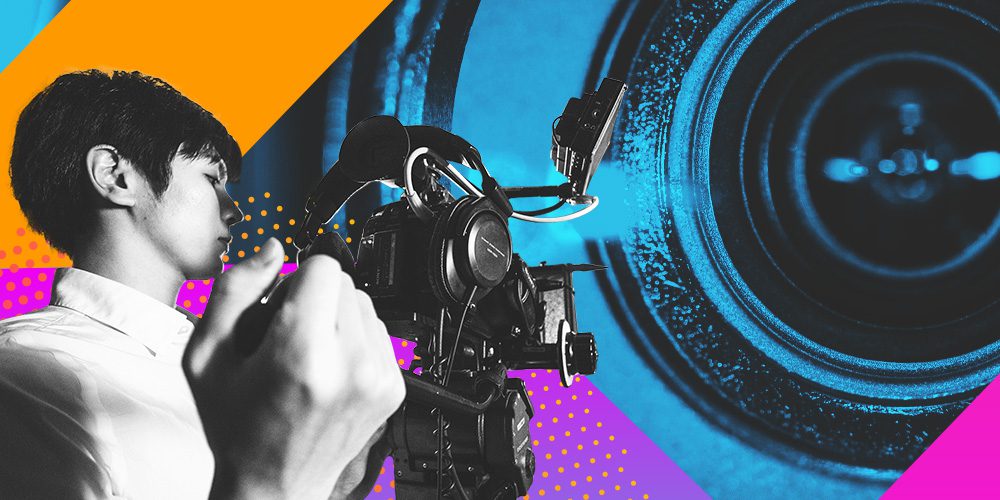
4. **Below the Line: The Unsung Heroes and the Backbone of Production**If “Above the Line” represents the dazzling stars and creative visionaries, then “Below the Line” is the powerhouse engine room that makes everything physically happen. This term refers to the budget allocated for the technical crew and the myriad of physical production costs. Think about the incredible cinematographers, the meticulous grips, the ingenious set designers, and the tireless production assistants – these are the folks who bring the director’s vision to life, day in and day out.
While actors themselves typically fall “Above the Line,” their work is utterly dependent on the “Below the Line” crew. Every lighting setup, every perfectly placed prop, every smooth camera movement, and every detail of the set environment is the result of their expertise and hard work. These are the unsung heroes who arrive first and leave last, transforming raw locations into cinematic worlds. Their dedication creates the immersive reality in which actors can truly shine.
Executives, of course, constantly balance both “Above the Line” and “Below the Line” budgets. Optimizing “Below the Line” costs without sacrificing quality is a masterclass in production management. It involves everything from equipment rentals and location fees to catering and transportation. These decisions are crucial for a project’s financial health, ensuring that every dollar spent contributes effectively to the final product.
It’s also worth noting the human element within “Below the Line.” The industry is powered by an incredible array of individuals, from seasoned professionals to aspiring interns and Production Assistants (PAs). The context of Hollywood’s behind-the-scenes realities reminds us of the importance of treating everyone with respect, regardless of their position on the call sheet. As the saying goes, “word does travel fast of ill treated crew,” and respecting those “Below the Line” is not just good practice, it’s essential for fostering a positive and efficient working environment where everyone, including actors, can perform their best.
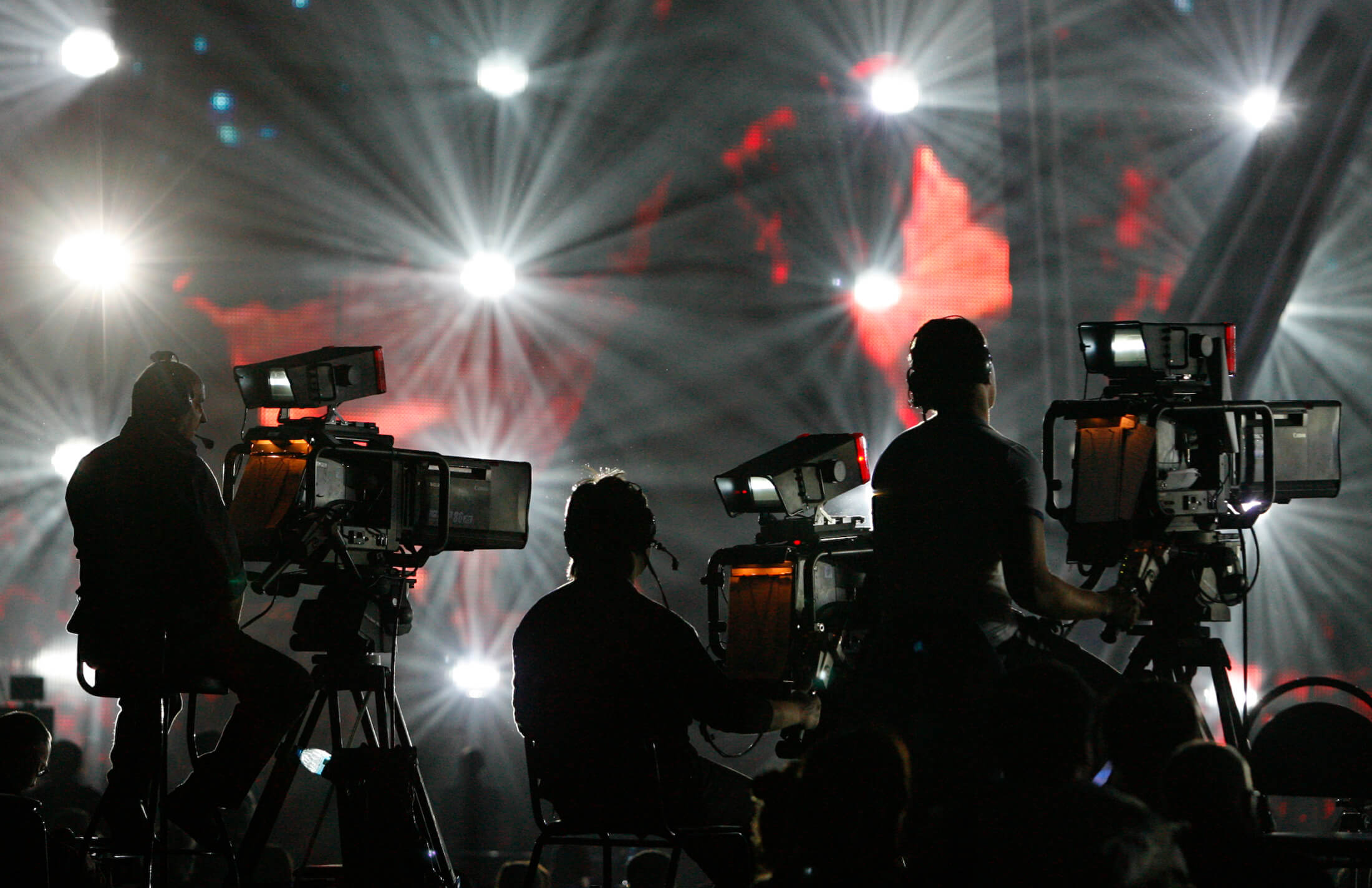
5. **Beat: The Art of the Perfect Pause**You know those moments in a movie or TV show that give you chills, make you hold your breath, or perfectly land a punchline? Often, the secret sauce isn’t in what’s said, but in the unspoken. That’s where a “Beat” comes in. In Hollywood parlance, a “Beat” refers to “a brief pause or change in an actor’s delivery for dramatic effect.” It’s a subtle but incredibly powerful tool in an actor’s arsenal, allowing moments to breathe, emotions to register, and tension to build.
For actors, mastering the “Beat” is a hallmark of sophisticated performance. It’s about more than just remembering to take a breath; it’s about understanding the rhythm of a scene, the psychology of their character, and how to use silence or a shift in tone to amplify meaning. A well-placed “Beat” can turn a simple line into a profound statement, or transform a casual exchange into a moment of intense revelation. It’s a direct instruction from a director, guiding the actor’s emotional cadence.
From a directorial and executive perspective, the “Beat” is integral to shaping the storytelling. Directors guide actors to incorporate specific “Beats” to control the pace and emotional impact of a scene, ensuring the audience feels precisely what is intended. Executives evaluating dailies are keenly aware of how these subtle choices contribute to the overall quality and dramatic effectiveness of a performance, understanding that the absence or presence of a “Beat” can significantly alter a scene’s power.
This code word highlights the deep craft involved in acting, far beyond simply memorizing lines. It’s a reminder that true performance is often found in the nuances, the spaces between words, and the unspoken language conveyed through an actor’s timing and presence. The “Beat” is a testament to how meticulous Hollywood can be in crafting every single moment for maximum impact.
.webp)
6. **Blocking: The Dance of the Scene**It might look spontaneous and natural on screen, but trust us, every single step an actor takes, every turn of their head, and every time they pick up a prop, it’s all part of a carefully orchestrated plan known as “Blocking.” This essential code word refers to “the planned physical movements of actors within a scene.” It’s the choreography of cinema, ensuring that performances are not only emotionally resonant but also perfectly framed and lit for the camera.
For actors, “Blocking” is an intricate dance with the camera and their fellow performers. It requires precision, spatial awareness, and the ability to integrate physical actions seamlessly with their dialogue and emotional arc. They learn specific “marks” – designated positions to hit – to ensure they are always in focus and within the optimal lighting and camera angles. This collaborative process with the director and cinematographer is fundamental to a believable and visually dynamic scene.
From an executive and production standpoint, efficient “Blocking” is crucial for smooth and timely filming. Poor blocking can lead to endless retakes, costly delays, and a compromised visual aesthetic. Directors work closely with the Director of Photography (DP) to pre-visualize and refine blocking, ensuring that every movement serves the story and maximizes the shot’s impact. It’s a key aspect of pre-production and on-set execution that directly affects the pace and quality of filming.
“Blocking” underscores the highly technical and collaborative nature of filmmaking. It’s not just about an actor’s individual performance; it’s about their integration into a complex visual and narrative tapestry. Executives understand that well-executed blocking contributes significantly to the overall professional polish and narrative clarity of a production, making it a term frequently discussed when evaluating the efficiency and artistic success of a shoot.



